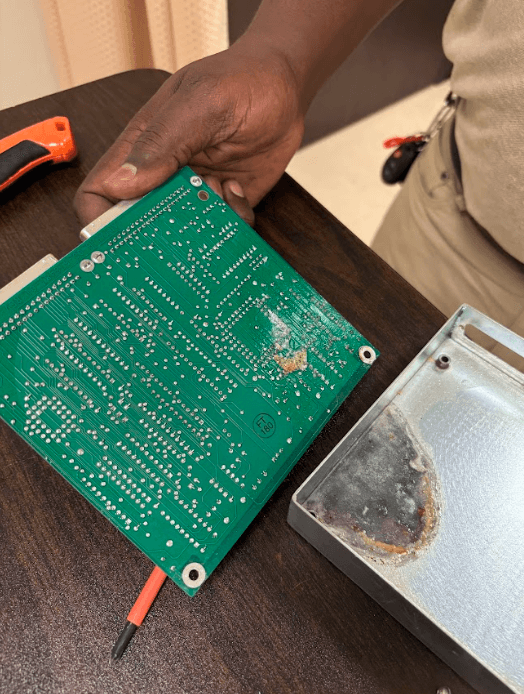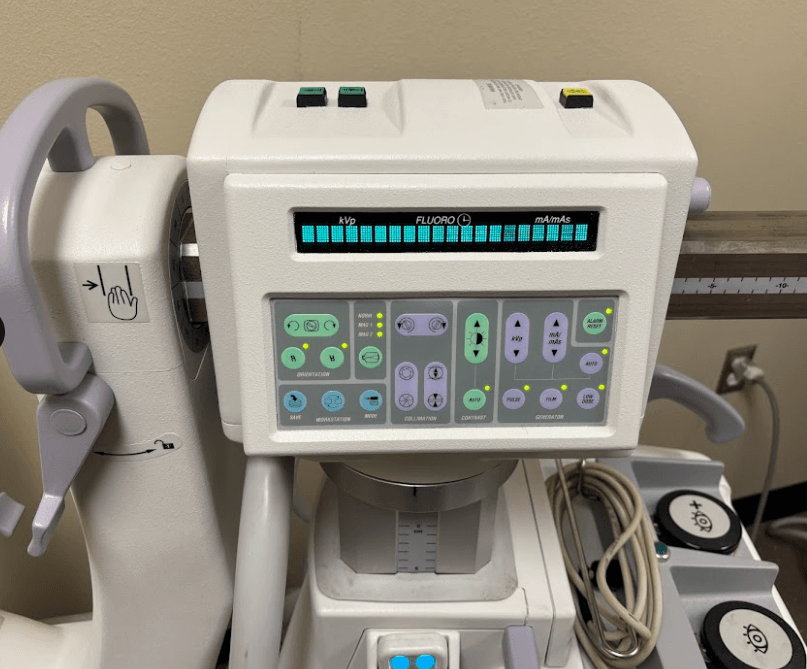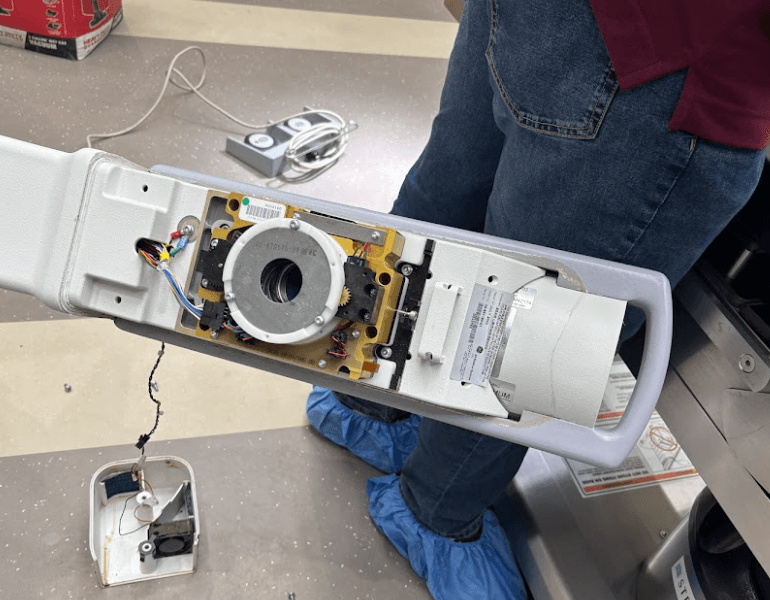The Ultimate Guide to Medical Equipment Maintenance
SE
Understanding the Importance of Medical Equipment Maintenance
In the healthcare industry, the reliability of medical equipment is crucial for patient safety and effective treatment. Regular maintenance ensures that equipment functions correctly, minimizes the risk of failure, and extends its lifespan. By prioritizing maintenance, healthcare facilities can avoid costly repairs and ensure compliance with industry regulations.

Establishing a Maintenance Schedule
The first step in effective medical equipment maintenance is to establish a comprehensive schedule. This plan should outline routine checks and servicing for each piece of equipment. Prioritizing devices based on their criticality to patient care is essential. Consider creating a calendar or digital reminder system to ensure that no maintenance tasks are overlooked.
Daily Checks and Routine Inspections
Daily checks involve basic inspections to confirm that equipment is clean, functional, and ready for use. Routine inspections delve deeper, assessing the equipment's internal components to catch any potential issues early. Both actions help maintain optimal performance and prevent unexpected breakdowns.

Training Staff for Proper Equipment Handling
Proper training is a vital component of medical equipment maintenance. Ensuring that all staff members are well-versed in operating and handling the equipment can significantly reduce wear and tear. Training sessions should include instructions on correct usage, cleaning procedures, and recognizing early signs of malfunction.
Implementing a Reporting System
An efficient reporting system enables staff to document any anomalies or issues with the equipment promptly. This proactive approach allows for swift action, preventing minor problems from escalating into major repairs. Encourage open communication among team members to enhance the effectiveness of this system.

Partnering with Professional Maintenance Services
While in-house maintenance is crucial, partnering with professional services can provide additional expertise. These professionals offer specialized knowledge and tools for more complex repairs and recalibrations. Establishing a relationship with a reputable service provider ensures access to expert assistance when needed.
Evaluating Service Contracts
When choosing a maintenance service provider, it's important to evaluate their contracts carefully. Look for comprehensive coverage that includes emergency repairs, routine servicing, and parts replacement. A well-structured contract can provide peace of mind and budget predictability for your facility.

Documenting Maintenance Activities
Keeping detailed records of all maintenance activities is essential for accountability and regulatory compliance. Documentation should include dates of service, performed actions, and any changes made to the equipment. This historical data can also be valuable for identifying recurring issues or patterns.
In conclusion, maintaining medical equipment is a critical aspect of healthcare operations. By establishing a robust maintenance schedule, training staff effectively, and partnering with professional services, healthcare facilities can ensure the reliability and longevity of their equipment. This proactive approach not only enhances patient safety but also contributes to the overall efficiency of healthcare delivery.
